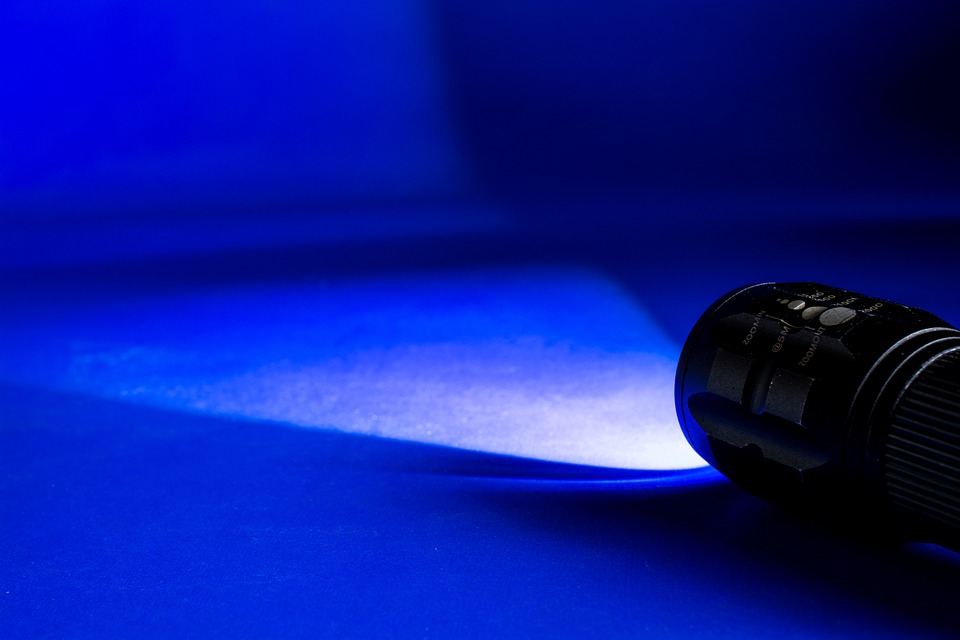Though winter doesn’t officially start until next Wednesday, December 21, be prepared in advance.
In many parts of the country, snow is already on the ground and weather forecasters are predicting a lot more to come. This type of more active winter will quickly make your external battery charger your best friend.
For this reason, you need to keep at least one charged battery pack in your home emergency kit.
There are, in fact, a few things you should be keeping on hand so you will be able to easily find it and use it if the power turns out in the middle of winter. Though some are perfect for making the situation more convenient, others should be considered to be components of an actual survival kit. In the case of an external battery charger, its uses and benefits can fall into both categories.
Before the next snow or ice storms strike, charge your external battery charger and use the following checklist.
For most homes, these are considered to be must-haves for a winter power failure preparedness kit.
- A charged cell phone – contrary to all the rumors you’ve likely heard over the years, the best way to keep up your cell phone battery life is to charge it before it drops below 70 percent. Keeping to this can also mean that if the power fails, you’ll have at least 70 percent battery power left. Keep in mind that your phone can be a primary source of communication and even light (make sure you have a good flashlight app all set to go) if the power goes out.
- Flashlights, a radio and appropriately sized backup batteries – while your phone can provide you with light or radio station access in a pinch, it’s still a good idea to conserve its battery for other purposes. Let a good LED flashlight light up your home and have extra batteries on hand in case the power outage is a long one.
- Extra blankets – if the power fails, your home might start getting colder. Have extra blankets and sweaters ready to stay bundled up night or day. Sleeping bags can be handy at those times.
- A good amount of pre-cooked non-perishable food – if you don’t have power, you may not have a heat source for cooking your food. That’s especially true if your outdoor barbecue is currently covered in several inches of ice. Have a decent supply of emergency food that is already cooked.
- Water – the rule of thumb is one gallon of water per family member per day – that includes pets!
- At least 3 days’ worth of prescription medications – don’t let your prescriptions run down to the last day before refilling, especially in the winter. Have at least three days’ worth at all times.
- A gas tank that is no less than half full – if the power outage is long enough, you may need to head out to your car to warm up or you may need to drive your family elsewhere until the power comes back on in your home. Keep in mind that many gas stations can’t function without power, either. Have at least a half tank – preferably more – in your car at all times during the winter.
- An external battery charger – your new best friend. A high capacity backup battery pack will let you recharge your phone several times over and will give you peace of mind of knowing that you won’t be cut off from the outside world.
